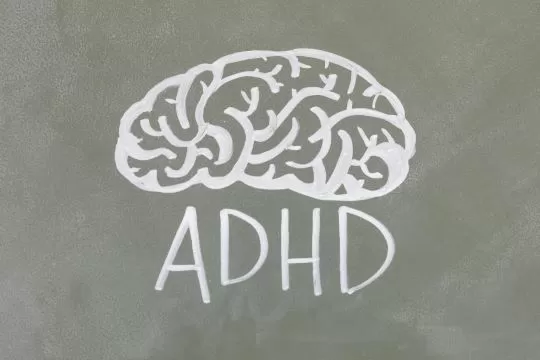The Rise in ADHD Diagnoses in Young Professional Women

New research affirms what has been known for more than 20 years now: attention deficit hyperactivity disorder doesn't just affect boys—it's increasingly diagnosed across all age groups, especially among adults and women. Millions of women and individuals assigned female at birth are being diagnosed with ADHD in adulthood. The incidence of ADHD diagnoses among women aged 23 to 49 nearly doubled between 2020 and 2022. This surge is attributed to the COVID-19 pandemic, the rise of telehealth, and the spread of ADHD awareness on social media platforms.
The striking rise in ADHD diagnoses among adult women is linked to gender differences in the presentation of ADHD symptoms. ADHD presents in three types: hyperactive, inattentive, and combined. Women typically exhibit the inattentive type, characterized by disorganization and difficulty staying on task. Even those with hyperactive or combined types often display symptoms differently than men. Boys with ADHD typically present external symptoms like impulsivity, hyperactivity, and aggression, while girls tend to exhibit symptoms like distraction, disorganization, and forgetfulness.
Historically, ADHD was viewed predominantly as a "boy disorder," a perception that persisted due to the majority of research focusing on boys. This led to the stereotype of ADHD as a condition marked by hyperactivity and disruption, traits more commonly observed in boys. Girls, on the other hand, often excel academically by overcompensating for their symptoms, which go unnoticed or are misattributed to other issues like anxiety or depression.
Many women with ADHD develop coping mechanisms to mask their symptoms, driven by societal expectations to appear organized and competent. This masking can lead to significant mental health challenges, including anxiety, depression, and low self-esteem. Misdiagnosis is common, with symptoms often mistaken for emotional or learning difficulties. This delay in proper diagnosis means many women only receive appropriate treatment in adulthood.
Ultimately, ADHD is a disorder of executive functioning; the mental processes like planning, working memory, and emotion regulation that govern an individual’s ability to operate.
As women move into adulthood, demands on executive functions grow, and symptoms can become even harder to recognize as ADHD. Hyperactivity may manifest as inner restlessness, inattention may look more like struggling to complete chores or meet deadlines, and impulsiveness can appear as difficulty managing a budget. Despite these challenges, many women with ADHD may appear externally as high-achieving perfectionists. But consequences of a missed or misdiagnosis can be severe.
ADHD is not an impediment to a successful career. Many people thrive in various occupations and workplaces, and people with ADHD have also been shown to be creative problem-solvers who demonstrate curiosity and innovation. ADHD can also lead to a state of hyperfocus, known as time blindness. Some people with ADHD can get sucked into a task, losing their awareness of time and other high-priority tasks.
That said, gender expectations and years of being mis- or underdiagnosed may still contribute to the shame and stigma sometimes associated with ADHD. Struggling to meet deadlines, finish projects, or stay organized can have a huge impact on work productivity.
Receiving a proper ADHD diagnosis and appropriate treatment can be life-changing. Needs and accommodations vary from person to person, so having collaborative conversations can help individuals with ADHD and their supervisors meet expectations.
If you suspect that you might have ADHD, make an appointment with a medical professional and seek online resources likes support groups or even informative channels like “How to ADHD”.

